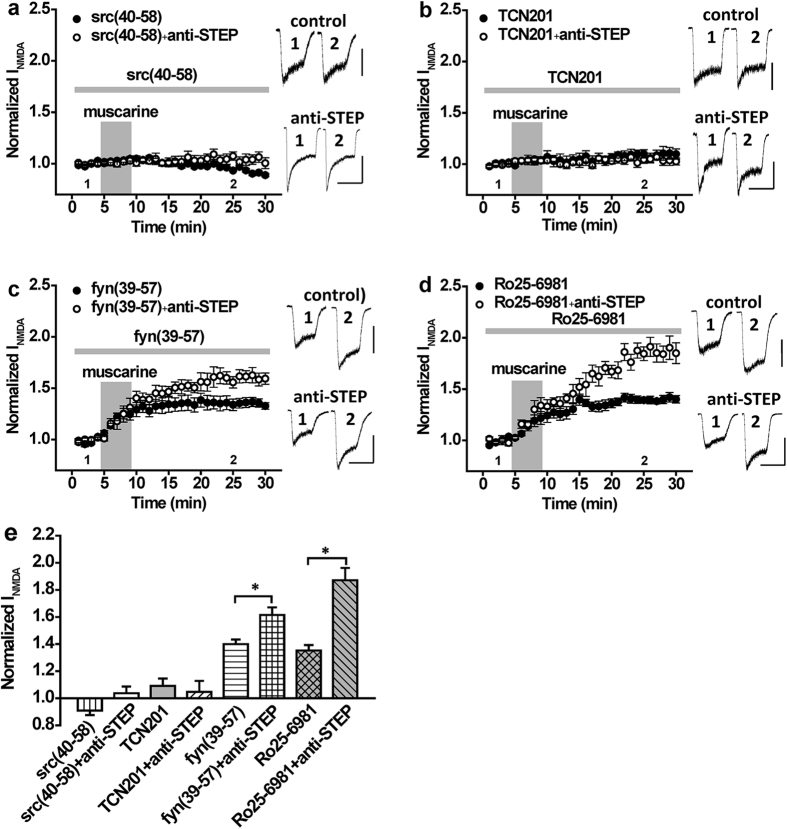Figure 3. The potentiation of NMDAR currents by mAchR stimulation and its increase by anti-STEP is contingent on GluN2A subunit containing NMDARs and Src kinase.
(a) Muscarine application (10 μM; timing indicated by the shaded region) fails to potentiate NMDAR currents in the presence of Src(40–58) (n = 6, 0.91 ± 0.02) as well as in the presence of Src(40–58) and anti-STEP (n = 6, 1.03 ± 0.05). (b) Muscarine application (10 μM) fails to potentiate NMDAR currents in the presence of the selective GluN2A receptor allosteric inhibitor TCN201 (10 μM; n = 6, 1.09 ± 0.05) as well as in the presence of TCN201 and anti-STEP (n = 5, 1.04 ± 0.08). (c) Muscarine application (10 μM) potentiates NMDAR currents in the presence of Fyn(39–57) (n = 5, 1.40 ± 0.03) and this potentiation is increased by anti-STEP (n = 5, 1.61 ± 0.06, P < 0.05 compared with muscarine). (d) Muscarine application (10 μM) potentiates NMDAR currents in the presence of Ro25-6981 (n = 6, 1.35 ± 0.04) and this potentiation is increased by anti-STEP (n = 5, 1.87 ± 0.10, P < 0.05 compared with Ro25-6981). (e) Summary bar graph of data in (a–d). *Indicates P < 0.05. Calibration bars: 3s; (a) src(40–58) 100 pA, src(40–58) + anti-STEP 300 pA; (b) TCN201 150 pA, TCN201 + anti-STEP 150 pA; (c) fyn(39–57)) 400 pA, fyn(39–57) + anti-STEP 400 pA; (d) Ro25-6981 200 pA, Ro25-6981 + anti-STEP 200 pA.

